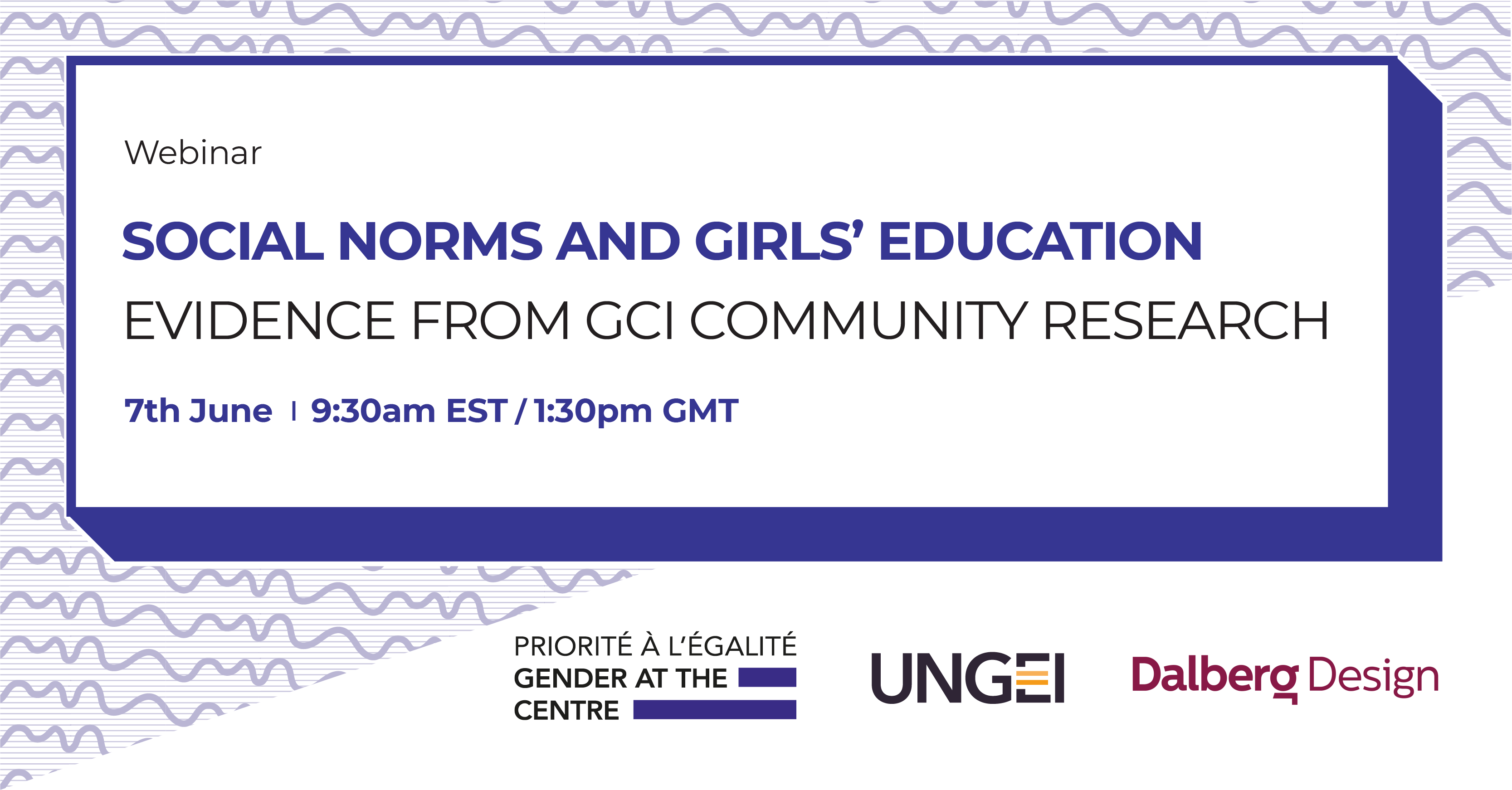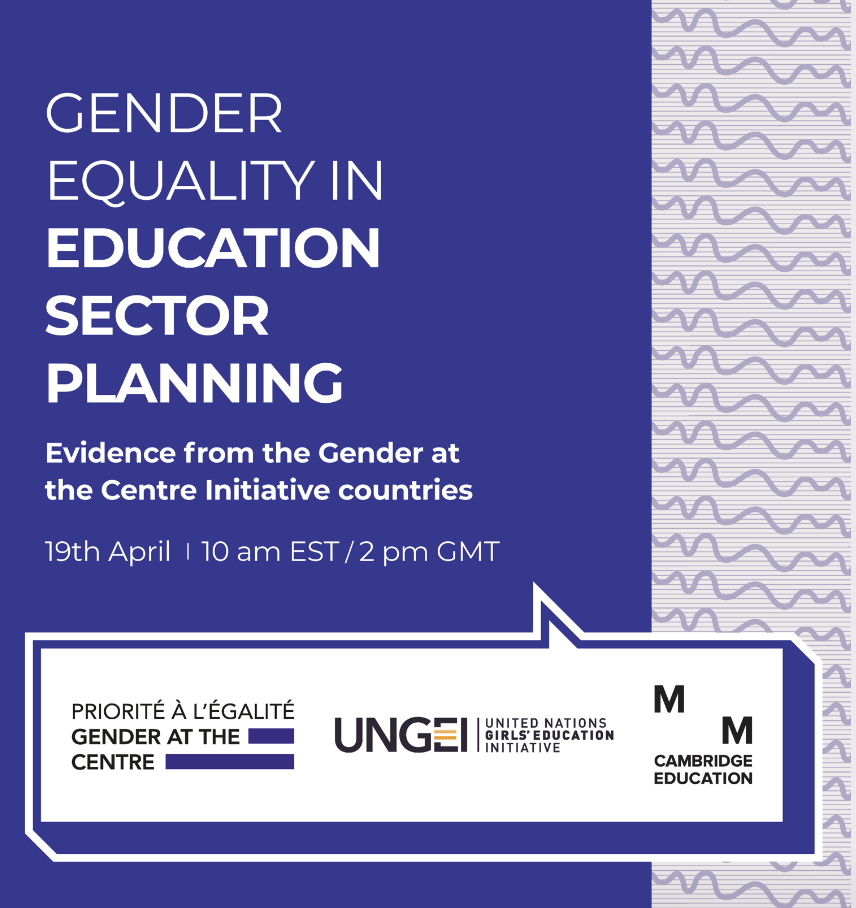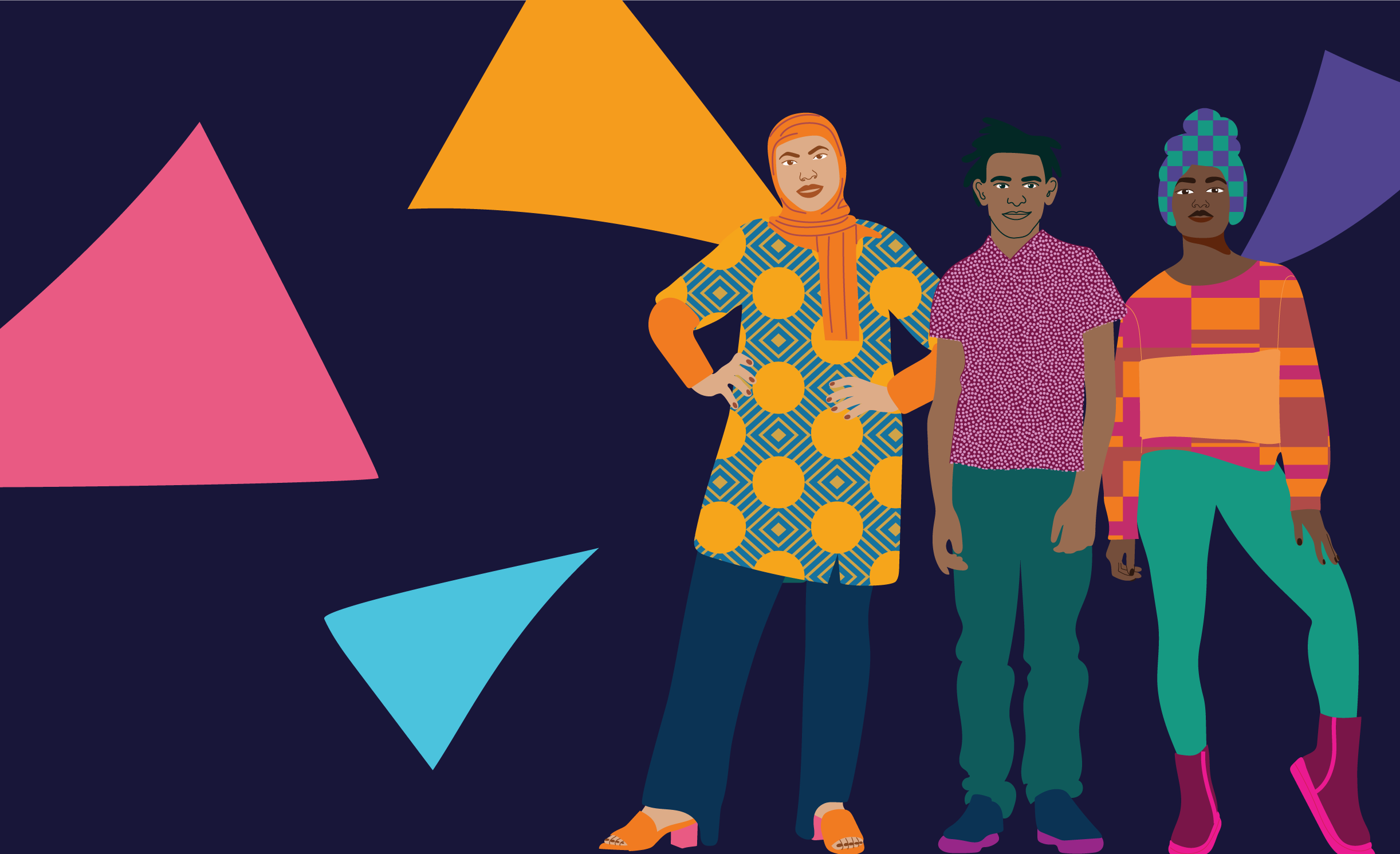There are 1.1 billion girls in our world, each one with her own unique abilities and limitless potential. 11 Oct, International Day of the Girl (IDG), is an opportunity to celebrate this, as well as highlighting the enormous challenges too many girls face simply because of their gender. The daily violence, discrimination and injustices that girls are subjected to knows no geographic boundaries. The root cause is gender inequality.
It is universally acknowledged that the path to gender equality passes through education. Yet, for the 132 million girls out of school globally, that path is blocked. And for a great many who make it through the school door, a host of issues stand in the way of completion and transition to a sustainable livelihood. In fact, it’s predicted that 90% of adolescent girls entering the workforce in developing countries in the next decade will work in the informal sector, where low pay and exploitation are common.
This year’s IDG theme, With Her: A Skilled GirlForce, recognises that the full participation of girls in the future workforce will require everyone to work together to tackle gender barriers and invest in developing girls’ skills. Here we spotlight five high points during the week of IDG which brought partners together to champion girls’ rights, take action for gender equality in education, and draw attention to needs and opportunities for developing a skilled GirlForce.
1. Plan International’s Girls Get Equal campaign launches as girls takeover across the world
Co-designed with young gender champions, Girls Get Equal is Plan International’s new girl-led five-year campaign to fast track progress towards gender equality by amplifying the voices, power and leadership of girls. Launched on 10 October at the Global Girls’ Summit in Brussels, the campaign is a global call to action to governments, civil society, the private sector, the media and all allies — to make a commitment to ensure #GirlsGetEqual and join the fight to end gender inequality.
On 11 October, over 1000 girl takeovers were organised across 60 countries as girls stepped into the shoes of presidents, mayors, head teachers, business leaders and more to show that girls should be free to dream and free to lead. Plan International describes #GirlsTakeover as an initial step on a long road to change, showing that the girls’ rights movement is gaining momentum.
2. Michelle Obama launches the Global Girls Alliance
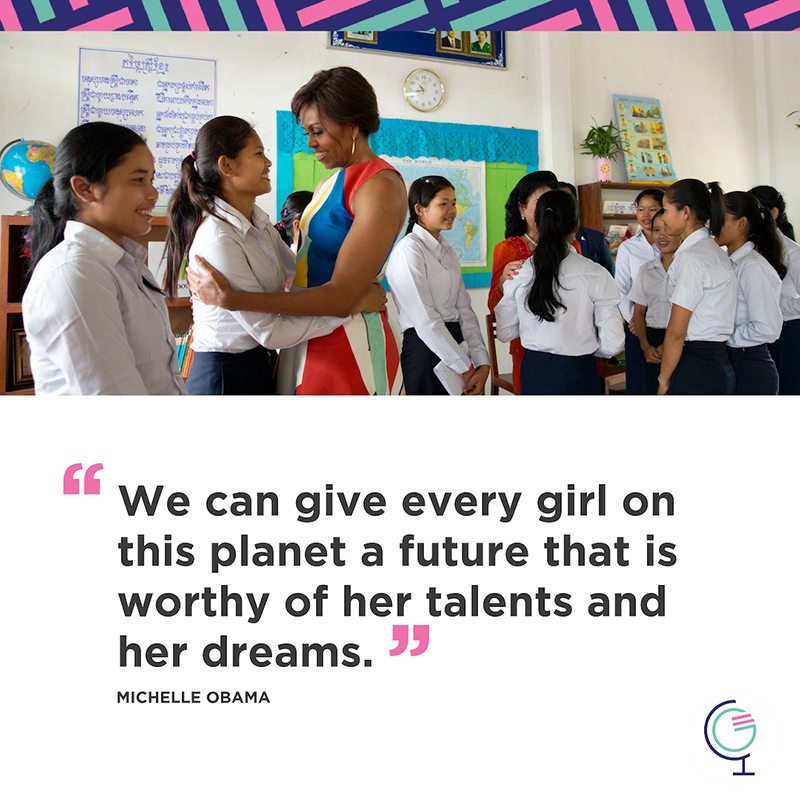
11 Oct also saw Michelle Obama launch the Global Girls Alliance, an Obama Foundation programme to empower adolescent girls around the world through education. The Alliance supports grassroots leaders who best understand the unique challenges girls face in their local communities and the strategies needed to overcome these barriers. It has three pillars:
- Inspiring, empowering, and connecting grassroots leaders by ensuring that those on the frontlines of girls’ education are supported with effective strategies to enhance and scale their work.
- Driving specific commitments through GoFundMe to the Global Girls Alliance Fund and particular projects which directly support grassroots leaders working in girls’ education.
- Inspiring and challenging young people in the developed world to join the Alliance by offering resources to help young people turn their passion for girls’ education into action.
3. Girls’ Education Challenge website goes live with a new report: Steps to success
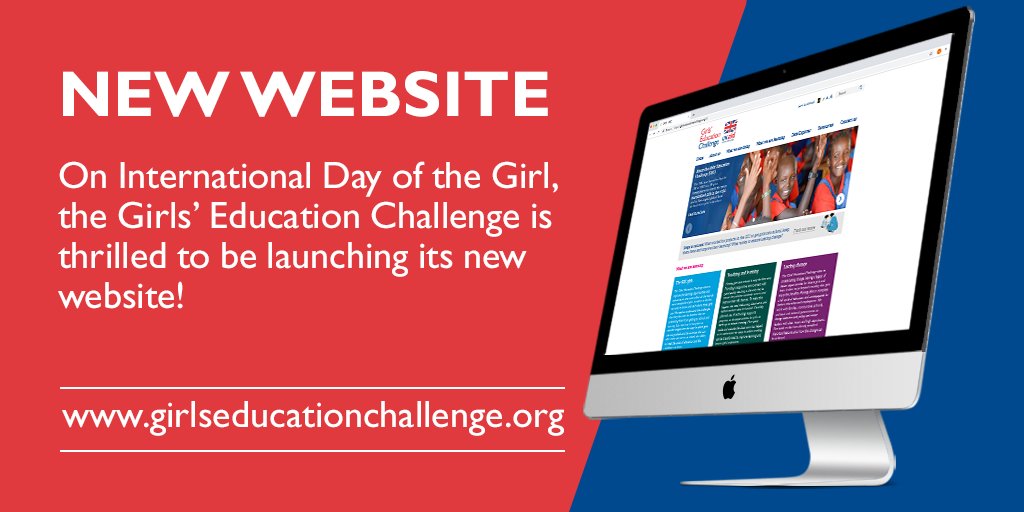
With a commitment to fostering global learning around girls’ education, on IDG the UK’s Department for International Development (DFID) launched the Girls’ Education Challenge (GEC) website. Since 2015, the UK has supported the education of at least 5.6 million girls in developing countries. Learnings around what worked for GEC phase one projects, which collectively supported over a million marginalised girls, were released in a new report: Steps to success.
4. GirlForce & Full Force: two new reports released
Over the course of the week a range of seminal reports were published. Two particularly noteworthy publications focusing on the participation of girls in the future workforce include:
- GirlForce: skills, education and training for girls now: UNICEF and the ILO spotlight barriers girls face in entering the world of work, alternative learning pathways for skills training and provide guidance on investments to help drive the economic empowerment of young women.
- Full Force: why the world works better when girls go to school: Malala Fund examines the links between girls’ education and the global economy, presenting new data on the challenges girls face as they transition from school to the workforce, with recommendations to the G20 to address them.
5. UNESCO Girls’ and Women’s Education Prize laureates receive awards
At a special event in Paris with Plan International France, UNESCO awardees Women’s Centre of Jamaica Foundation and the Misr El-Kheir Foundation of Egypt were honoured for their efforts to advance girls’ and women’s education. UNESCO’s Assistant Director-General for Education, Stefania Giannini, and the Vice-Minister of Education of the People’s Republic of China, Xuejun Tian, presented the $50,000 Prize to the winners.
We know that to usher in a world in which every girl and young woman can fulfil her innate potential through education will require a global effort of unprecedented magnitude. The myriad actions, commitments and collaborations witnessed this week demonstrate that the will to make this happen is real and the way is forward.
